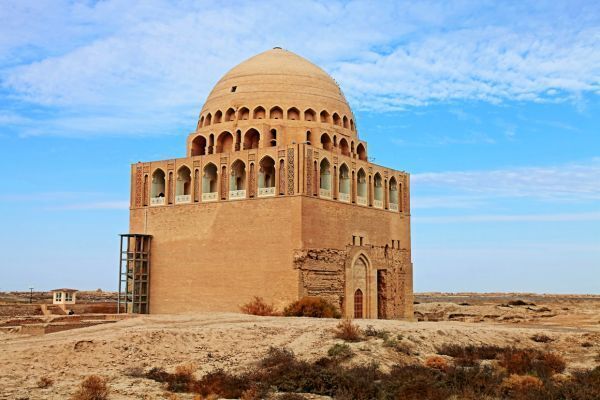Sukhothai Historical Park, Thailand
The first capital of Thailand, Sukhothai, "Dawn of Happiness," flourished from the 13th to the 14th centuries. Its ruins reflect the golden age of Thai civilization, featuring stunning Buddha statues and temple architecture. Visitors can marvel at the intricate stucco relief sculptures adorning many of the temples, showcasing the exquisite craftsmanship of the Sukhothai artisans. Easily explored by bicycle, the park is accessible from Sukhothai city.
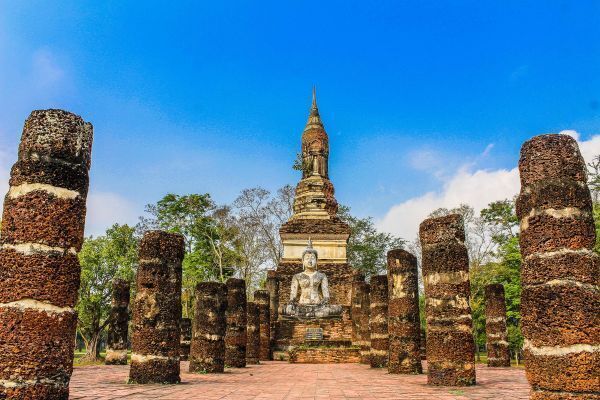
The Ancient City of Termessos, Turkey
Perched high in the Taurus Mountains, Termessos is known as the city Alexander the Great could not conquer. Its well-preserved theatre, tombs, and temples, set amidst rugged mountain scenery, are best explored via hiking, offering panoramic views and a sense of discovery.
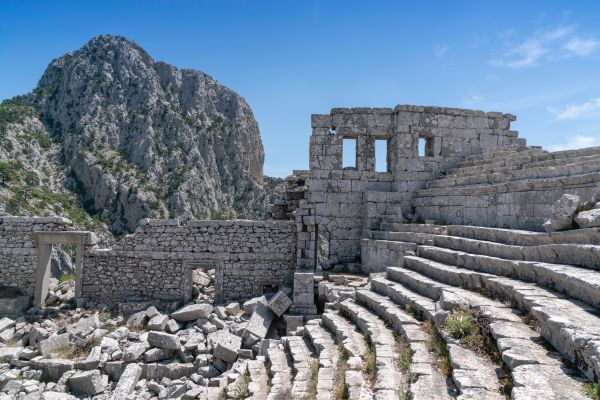
The Ruins of Sardis, Turkey
Once the capital of the ancient Lydian kingdom and famed for its wealth, Sardis features impressive Roman-era ruins, including a gymnasium and synagogue. Sardis is renowned for its technological innovations, being one of the first cities to mint coins, revolutionizing trade and commerce in the ancient world. Near Izmir, it’s an easy day trip, offering a blend of history from different eras.
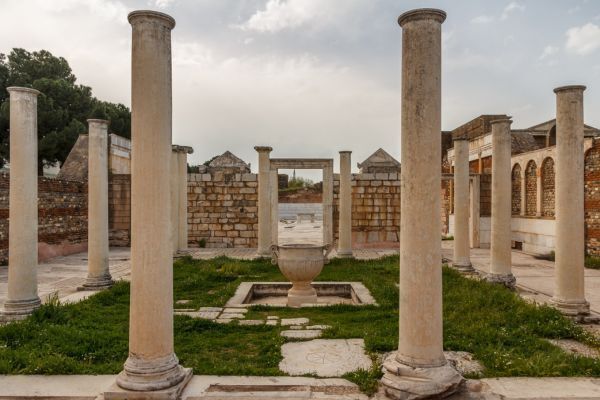
Djémila, Algeria
Set in the stunning mountainous backdrop of northern Algeria, Djémila is one of the best-preserved Roman ruins in North Africa. Its collection of temples, triumphal arches, and basilicas paint a vivid picture of life in ancient Rome. The site's highlight, a beautifully preserved Roman theater, offers a glimpse into the cultural life of its inhabitants. Despite its beauty and historical significance, Djémila sees fewer tourists, allowing for a more peaceful exploration. Travelers can reach Djémila via guided tours from Algiers or Constantine, offering an unparalleled opportunity to step back into Roman times.
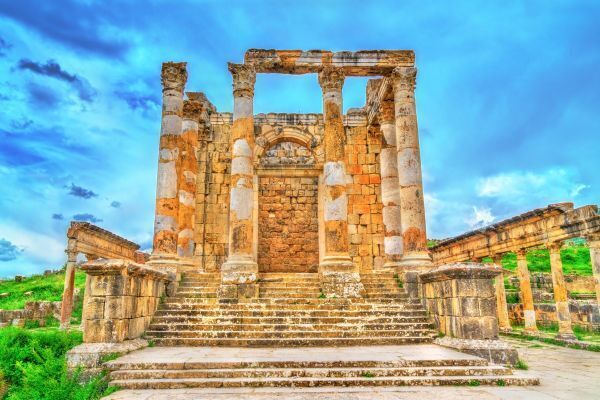
The Sassi of Matera, Italy
Matera's Sassi are ancient cave dwellings carved into the limestone, inhabited since the Paleolithic era. This UNESCO World Heritage site in southern Italy offers a unique blend of ancient history and modern life, as some caves are still used as homes, shops, and restaurants. Exploring the Sassi is a journey through time, from prehistoric cave paintings to medieval churches and beyond. Matera is accessible by train or car from Bari, providing a unique opportunity to experience one of the world's oldest continuously inhabited cities, where history and modernity coexist.
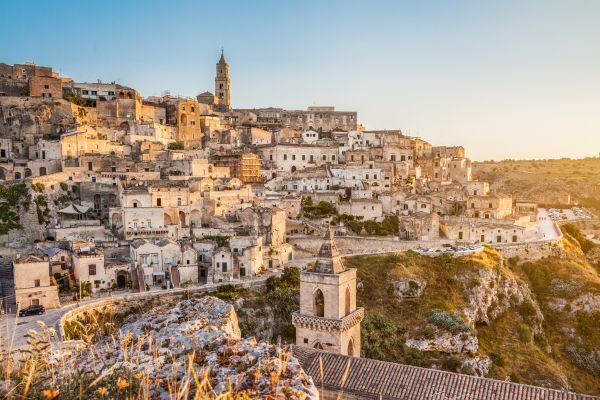
Göbekli Tepe, Turkey
Göbekli Tepe challenges everything we thought we knew about the origins of civilization. Predating Stonehenge by 6,000 years, this Neolithic site in southeastern Turkey features massive stone pillars arranged in circles, believed to be the world's first temple. The carvings on these pillars suggest a complex society with advanced spiritual beliefs, long before the advent of agriculture. Its discovery has revolutionized our understanding of human history, pushing back the timeline of monumental architecture and ritual practice. Visitors can explore this groundbreaking site via organized tours from Şanlıurfa, offering a unique window into the dawn of human society.
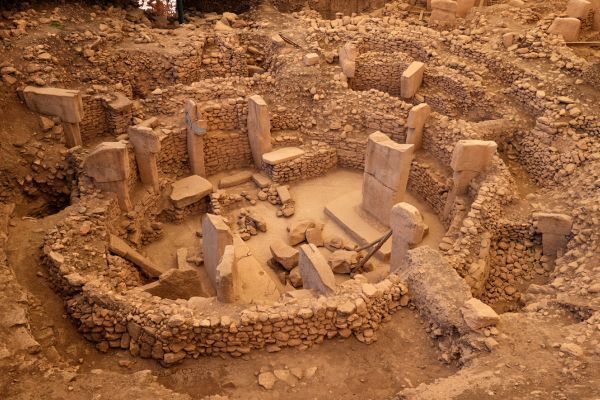
Great Zimbabwe, Zimbabwe
The largest ancient stone structure in Southern Africa, dating back to the 11th century. It was a significant trading center and the capital of the Kingdom of Zimbabwe. The site's impressive stone walls and conical towers offer a glimpse into Africa's pre-colonial civilization. Accessible via road from Masvingo, guided tours explain its history and significance.

Derinkuyu Underground City, Turkey
An ancient multi-level underground city that could shelter thousands, complete with ventilation shafts, churches, and wine cellars, dating back to the 8th century BC. This Underground City was primarily built to protect its inhabitants from various invaders and marauders throughout history. Tours are available from Cappadocia, offering a unique glimpse into subterranean life.
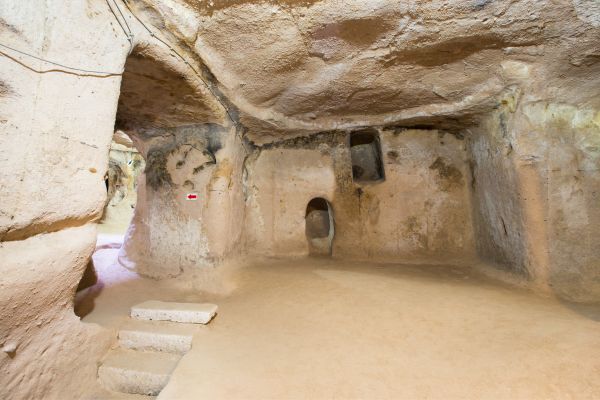
Tiwanaku, Bolivia
Pre-dating the Inca civilization, Tiwanaku is recognized for its advanced understanding of astronomy, agriculture, and architecture, evident in its precisely cut stones and iconic gateways. Located near Lake Titicaca, it’s accessible from La Paz, with tours often including insights into its enigmatic culture.
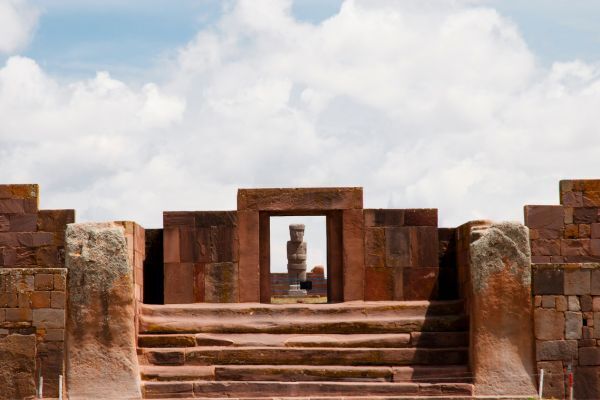
Merv, Turkmenistan
Once one of the great cities of the Islamic world and a key stop on the Silk Road, its ruins span 4,000 years of human history. The site includes the Erk Kala, the remains of ancient walls, and the Mausoleum of Sultan Sanjar. Best visited on a guided tour from Mary, it offers insights into a crossroads of civilizations.
Each of these sites offers a unique glimpse into human history, culture, and architectural ingenuity, making them fascinating destinations for travelers seeking to explore beyond the well-trodden path. Visiting these ruins often requires effort, whether it's a challenging hike, a boat journey, or a drive through remote landscapes, but the reward is a deeper understanding and appreciation of ancient civilizations.
